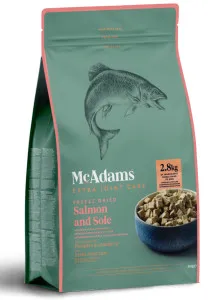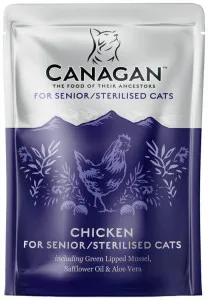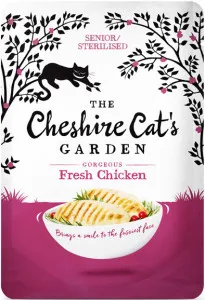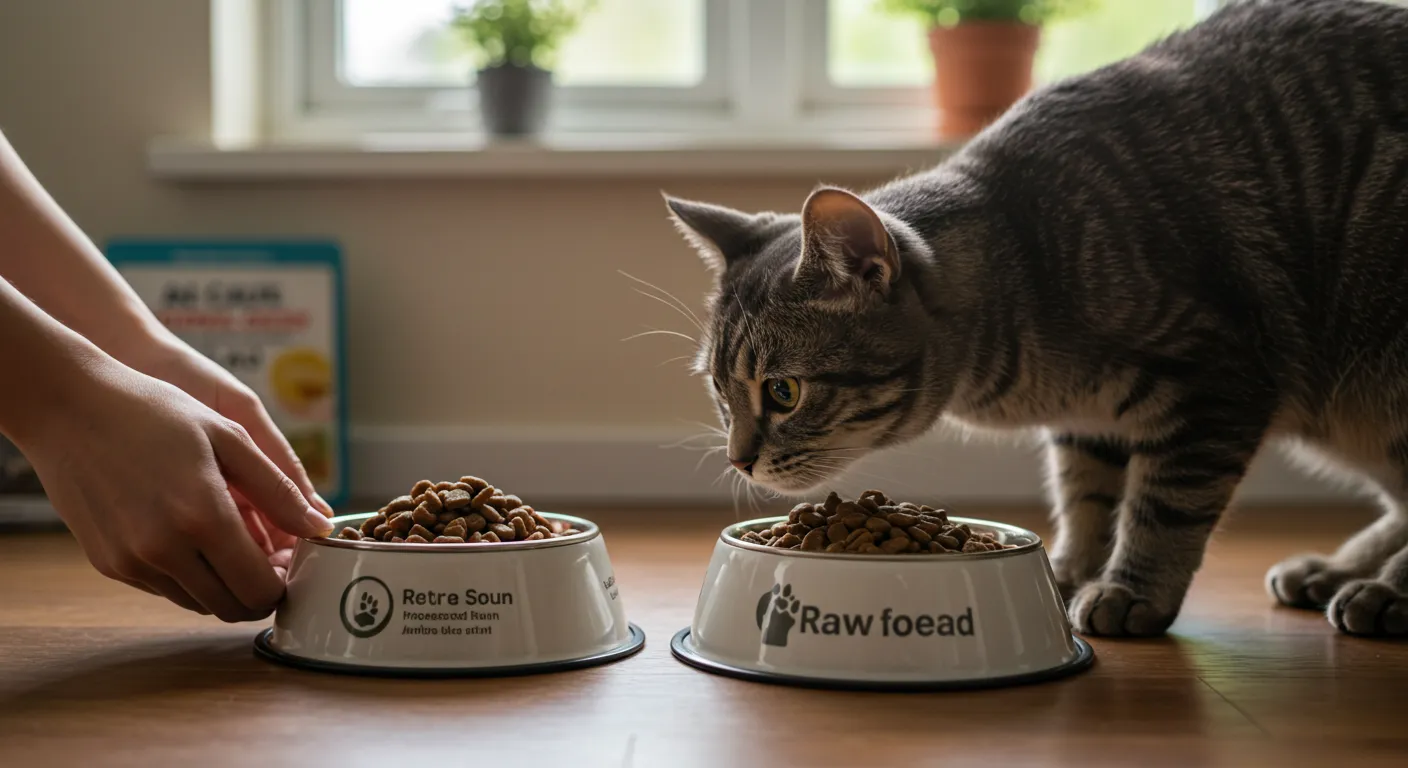How Can Pet Owners Successfully Transition Their Cats from Processed to Raw Food?
Switching your cat from processed kibble or canned food to a raw diet can be a game-changer for their health. However, the transition must be done carefully to avoid digestive upset and ensure your feline friend embraces the change. In this guide, we’ll walk you through the steps to make the switch smooth, safe, and successful.
Why Transition Your Cat to a Raw Food Diet?
Before diving into the how, let’s explore the benefits of raw food for cats . Cats are obligate carnivores, meaning their bodies thrive on a meat-based diet. Processed foods often contain fillers, preservatives, and carbohydrates that aren’t ideal for feline digestion. A raw diet offers:
- Improved digestion – Fewer artificial ingredients mean less strain on your cat’s gut.
- Healthier skin and coat – Natural fats and proteins promote shine and reduce shedding.
- Better weight management – Raw food is nutrient-dense, helping cats maintain a healthy weight.
- Stronger immune system – Fresh, unprocessed ingredients support overall wellness.
- Week 1: Mix 10% raw food with 90% of their current diet.
- Week 2: Increase to 25% raw food and 75% old food.
- Week 3: Shift to a 50/50 ratio.
- Week 4: Offer 75% raw food and 25% old food.
- Week 5+: Fully transition to 100% raw food.
- Complete and balanced formulas – Ensure they meet AAFCO standards.
- High-quality protein sources – Chicken, turkey, rabbit, or beef are excellent choices.
- No unnecessary additives – Avoid artificial flavors, colors, or preservatives.
- Appetite changes – Some cats may take time to adjust.
- Digestive health – Loose stools or constipation may indicate a need to slow down.
- Energy levels – A well-balanced raw diet should boost vitality.
- Warm the food slightly – Enhances aroma and makes it more enticing.
- Add a topper – A sprinkle of freeze-dried liver or bone broth can encourage eating.
- Use interactive feeders – Stimulates their natural hunting instincts.
- Different textures – Some prefer ground, while others like chunks.
- Variety in proteins – Rotate between chicken, beef, and fish.
- Patience – It may take multiple attempts before they accept it.
- Slow the transition – Extend each phase by a few days.
- Add probiotics – Supports gut health during the switch.
- Ensure proper hydration – Raw food has higher moisture, but extra water helps.
- Fewer hairballs – Better digestion reduces shedding and hairball formation.
- Improved dental health – Chewing raw meat can help clean teeth naturally.
- Increased energy – Nutrient-rich food fuels an active, playful lifestyle.
If you're curious about the best raw food options, check out our Pet Food Analyzer for expert recommendations.
Step-by-Step Guide to Transitioning Your Cat to Raw Food
1. Consult Your Veterinarian First
Before making any dietary changes, it’s crucial to get professional advice. Some cats have underlying health conditions that may require special considerations. Your vet can also recommend high-quality raw food brands or supplements to ensure balanced nutrition.
2. Start Slowly with Small Portions
Cats can be notoriously picky, and sudden changes may lead to refusal or digestive issues. Follow these steps for a gradual transition:
3. Choose the Right Raw Food
Not all raw diets are created equal. Look for:
Our Pet Food Analyzer can help you compare top-rated raw food brands.
Recommended Products

McAdams Freeze Dried Salmon & Sole is an excellent choice for how can pet owners successfully transition their cats from processed to raw food?. This cat food contains Sustainably Sourced Salmon 60% and other high-quality ingredients that promote overall health.

Canagan Senior/Sterilised is an excellent choice for how can pet owners successfully transition their cats from processed to raw food?. This cat food contains Fresh Chicken 80% and other high-quality ingredients that promote overall health.

The Cheshire Cat's Garden Senior Sterilised is an excellent choice for how can pet owners successfully transition their cats from processed to raw food?. This cat food contains Fresh Chicken 80% and other high-quality ingredients that promote overall health.
4. Monitor Your Cat’s Reaction
During the transition, keep an eye on:
5. Make Mealtime Appealing
If your cat is hesitant, try these tricks:
Common Challenges and How to Overcome Them
My Cat Refuses to Eat Raw Food
If your cat turns up their nose, don’t give up! Try:
Digestive Upset During Transition
If your cat experiences diarrhea or vomiting:
Long-Term Benefits of a Raw Diet
Once your cat fully transitions, you’ll likely notice:
Final Thoughts
Transitioning your cat from processed to raw food requires patience, but the health rewards are worth it. By following a gradual approach, choosing high-quality ingredients, and monitoring your cat’s response, you can set them up for a lifetime of better nutrition.
Ready to find the perfect raw food for your feline? Explore our Pet Food Analyzer to compare top brands and make an informed choice today!
